Welcome to the enchanting world of “Educational wildlife documentaries for kids”. In this captivating journey, we embark on an adventure that transcends textbooks and classrooms, introducing the wonders of the wild to our young explorers. Through a lens of curiosity and discovery, we aim to foster a love for nature, unveiling the secrets of the animal kingdom and the importance of preserving our diverse ecosystems. Join us as we ignite the spark of wildlife education, guiding the next generation towards a profound understanding and appreciation for the incredible creatures that share our planet. Let the exploration begin!
Table of contents
Understanding Educational Wildlife Documentaries
Welcome back, nature enthusiasts! In this segment, let’s dive into the captivating world of educational wildlife documentaries for kids and explore the impact they have on our understanding of the animal kingdom.
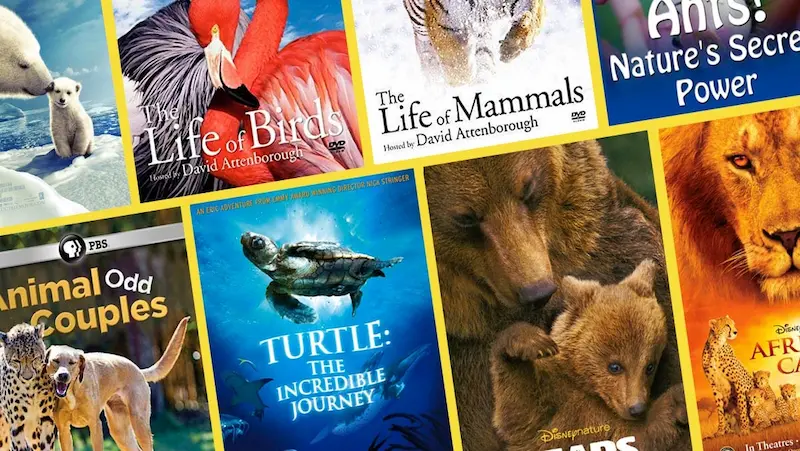
What Makes a Wildlife Documentary Educational?
Ever found yourself glued to the screen, marveling at the wonders of the natural world? That’s the magic of educational wildlife documentariesfor kids! But what exactly makes them educational?
- Informative Narration: These documentaries are like a personal guide through the wild. The narrators, often experts in their field, share fascinating facts about the animals, their habitats, and the delicate balance of nature.
- Breathtaking Visuals: It’s not just about words – the visuals are a key player. The stunning cinematography transports us to remote locations, giving us an up-close view of the diverse wildlife. It’s like a virtual safari from the comfort of our living rooms.
- Scientific Accuracy: Accuracy is the name of the game. Educational wildlife documentaries for kids are grounded in science, ensuring that the information shared is reliable and backed by research. This makes learning about the animal kingdom not only entertaining but also trustworthy.
- Engaging Storytelling: These documentaries are not just a list of facts; they tell a story. The narrative structure keeps us hooked, weaving together the lives of animals in a way that’s both compelling and informative.
Impact on Children’s Learning and Development
Now, let’s talk about the little explorers – the kids. The impact of wildlife documentaries on children’s learning and development is truly remarkable.
- Curiosity Spark: From cute cubs to majestic eagles, wildlife documentaries ignite a spark of curiosity in young minds. Kids become eager learners, asking questions about the animal kingdom and the world around them.
- Learning Beyond Books: Wildlife documentaries offer a dynamic learning experience outside the classroom. Seeing animals in their natural habitats makes lessons come to life, fostering a deeper understanding of biology, ecology, and the importance of conservation.
- Empathy and Respect: Witnessing the struggles and triumphs of animals on screen promotes empathy and respect for nature. Children learn the importance of coexisting with wildlife and the role they can play in preserving our planet.
- Inspiration for Future Conservationists: Who knows, the next generation of wildlife experts might be sitting on your couch right now. Educational wildlife documentaries for kids inspire a love for nature, planting the seeds for future conservationists and environmental stewards.
Exploring Wildlife Documentaries for Kids
Kids are naturally curious, and one fantastic way to channel that curiosity is through wildlife documentaries. These films not only entertain but also educate, providing a window into the fascinating world of animals and nature. Let’s dive into the essentials of engaging documentaries for children and explore some popular picks crafted just for them.
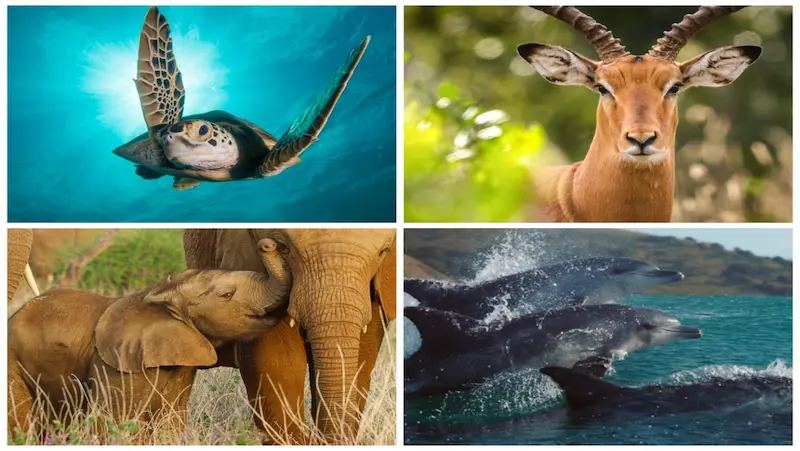
Characteristics of Engaging Documentaries
- Visual Appeal: Engaging wildlife documentaries for kids are a feast for the eyes. Vibrant colors, stunning landscapes, and captivating animal behaviors make these films visually stimulating, keeping young viewers hooked.
- Narrative Storytelling: A good documentary weaves a story. Kids are more likely to stay interested if there’s a narrative thread connecting the different scenes. A relatable storyline helps them connect with the animals on screen.
- Educational Content: While the primary goal is entertainment, educational value is crucial. Informative content delivered in a kid-friendly manner enhances the learning experience, introducing young minds to the wonders of the animal kingdom.
- Interactive Elements: Some of the best documentaries for kids incorporate interactive elements. Whether it’s asking questions, encouraging observation, or even suggesting simple activities for kids related to the content, these elements make the viewing experience more engaging.
Popular Wildlife Documentaries Tailored for Children
- “Planet Earth II: Cities” (2016): This documentary takes young viewers on a journey through urban landscapes, showcasing how wildlife adapts to city living. It’s a fascinating exploration of the relationship between animals and the concrete jungle.
- “Born in China” (2016): This Disneynature film introduces children to the lives of adorable panda cubs, snow leopards, and golden monkeys in the vast landscapes of China. The captivating visuals and endearing animal stories for kids make it a hit among kids.
- “March of the Penguins” (2005): An absolute classic, this documentary follows the incredible journey of emperor penguins in Antarctica. The touching story of survival and family bonds appeals to children’s emotions while providing insights into the harsh polar environment.
- “Our Planet” (2019): Narrated by Sir David Attenborough, this series not only captures breathtaking footage of wildlife but also addresses environmental issues. It’s a visually stunning and thought-provoking experience that introduces kids to the importance of conservation.
Benefits of Wildlife Documentaries for Young Explorers
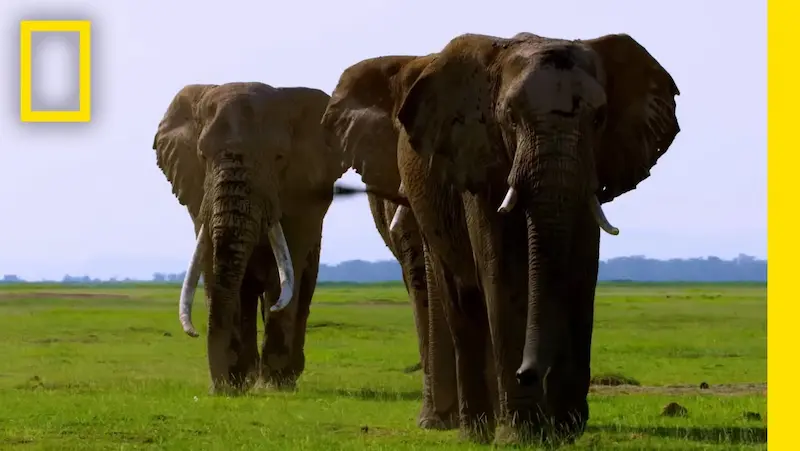
Educational and Informative Aspects
Imagine a classroom that stretches beyond four walls, where textbooks come to life with the rustle of leaves and the chatter of exotic creatures. Wildlife documentaries effortlessly transform mundane facts into vibrant stories, engaging the minds of young explorers in a way that textbooks sometimes struggle to do.
Through vivid visuals and expert narration, these documentaries unfold the secrets of the animal kingdom. From the hunting tactics of cheetahs to the migratory marvels of monarch butterflies, young minds are introduced to the wonders of biodiversity. The educational aspect of wildlife documentaries extends beyond the confines of traditional learning, sparking curiosity and a love for knowledge that lasts a lifetime.
As young viewers follow the journey of a newborn elephant or witness the intricate dance of a spider weaving its web, they not only absorb facts but also develop a profound connection with the natural world. The visuals and narratives serve as a gateway to understanding ecosystems, the delicate balance of nature, and the importance of conservation.
Inspiring Curiosity and Conservation Ethos
In the heart of every young explorer lies an insatiable curiosity waiting to be ignited. Wildlife documentaries act as catalysts, fueling this innate sense of wonder and inspiring children to ask questions about the world around them. The mesmerizing footage of diverse habitats and fascinating animal behaviors encourages young minds to ponder the mysteries of nature.
Moreover, these documentaries instill a sense of responsibility and a conservation ethos in the hearts of our future custodians. Witnessing the challenges faced by wildlife due to habitat loss, climate change, and human impact prompts reflection and encourages a sense of stewardship. By fostering empathy towards the creatures that share our planet, these documentaries sow the seeds of environmental consciousness in the minds of the next generation.
Encouraging Engagement and Learning
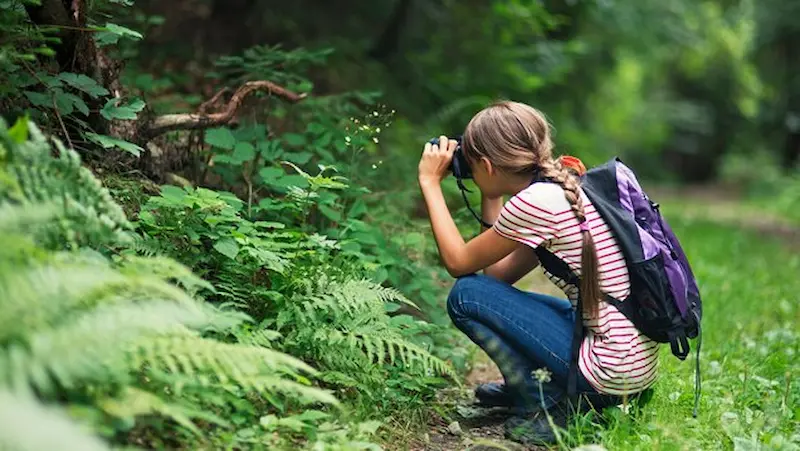
Strategies to Encourage Young Explorers’ Involvement
- Hands-On Learning Adventures: Young minds thrive on exploration. Create interactive learning experiences that allow them to touch, feel, and experiment. Whether it’s a science experiment for kids or a nature walk, hands-on activities make learning exciting and memorable.
- Incorporate Games and Puzzles: Learning disguised as play is a win-win! Educational games for kids and puzzles for kids not only stimulate cognitive development but also make the learning process enjoyable. From math board games for kids to word puzzles, there’s a wealth of options to suit various subjects.
- Storytelling Magic: Children have an innate love for stories. Integrate storytelling into lessons to make complex concepts more relatable. Whether it’s a historical tale or a fictional journey, weaving narratives into education captures young imaginations and fuels a desire to learn more.
- Encourage Questions: Foster a culture of curiosity by actively encouraging questions. Make the learning environment a safe space for children to express their thoughts and seek clarification. Curiosity is the engine that drives learning, and questions are its fuel.
Incorporating Documentaries into Educational Programs
- Visual Learning Experience: Documentaries offer a unique visual learning experience. They bring subjects to life in a way that textbooks often can’t. The combination of moving images, real-world examples, and expert insights engages young minds and enhances comprehension.
- Real-World Connections: Documentaries bridge the gap between classroom learning and real-world applications. By showcasing practical examples and case studies, they help students understand the relevance of what they’re studying and inspire a deeper connection with the subject matter.
- Multisensory Engagement: The audio-visual format of documentaries appeals to different learning games for kids styles. Visual learners benefit from seeing concepts in action, while auditory learners grasp information through narration and dialogue. This multisensory approach accommodates diverse learning preferences.
- Cultivate Critical Thinking: Documentaries often present different perspectives on a subject. This encourages students to think critically, analyze information, and form their own opinions. Developing these critical thinking skills is crucial for a well-rounded education and future success.
Conclusion
In wrapping up this exploration into the world of engaging young minds with wildlife documentaries, it’s clear that these films hold a unique power. They not only entertain but also educate, fostering a love for nature and wildlife in the hearts of our young explorers. The visual storytelling and captivating narratives act as windows into the animal kingdom, opening up a realm of curiosity and awe.
By immersing our children in the wonders of the natural world through documentaries, we are sowing the seeds of environmental awareness and empathy. These films not only showcase the beauty of wildlife but also highlight the challenges they face. Through the lens of a camera, we witness the circle of life, the struggles, and the triumphs of creatures big and small.
As we encourage our young ones to embark on these visual journeys, we’re nurturing a generation that values and cherishes the diversity of life on our planet. The impact of such engagement extends beyond the screen, instilling a sense of responsibility and a desire to protect the environment.
In the end, the marriage of education and entertainment in wildlife documentaries offers a potent formula for inspiring the next generation of stewards for our planet. Let’s continue to open their eyes to the marvels of the natural world, for in doing so, we equip them with the tools to become passionate advocates for the wild and wonderful creatures that share our home.
To get your hands on more such articles, educational content, and free resources on coding classes for kids, online robotics classes for kids, game development, etc., check out the BrightCHAMPS Page now!
Frequently Asked Questions
A1: Educational wildlife documentaries for kids are engaging films that teach children about animals and their natural habitats while entertaining them.
A2: Wildlife documentaries help spark curiosity and a love for nature, making learning fun and informative for kids.
A3: Yes, there are documentaries designed for different age groups, ensuring age-appropriate content for kids.
A4: You can find these documentaries on streaming platforms, educational websites, or even at your local library.
A5: Encourage discussions, ask questions, and explore related activities to enhance the learning experience while watching.

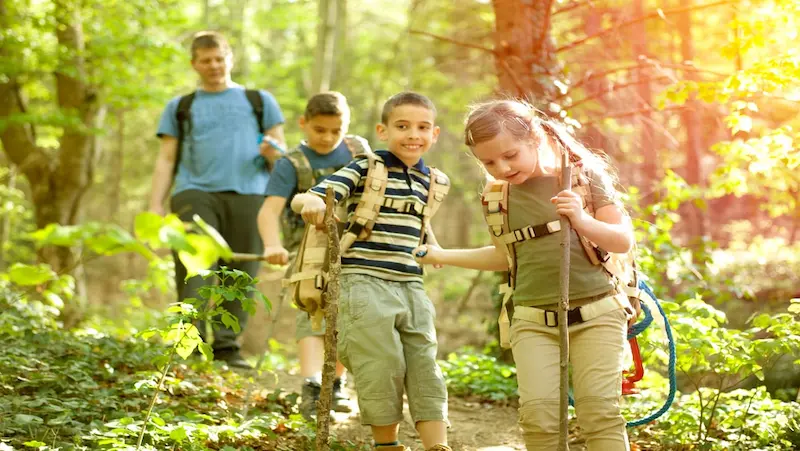
 We are an army of educators and passionate learners from BrightChamps family, committed to providing free learning resources to kids, parents & students.
We are an army of educators and passionate learners from BrightChamps family, committed to providing free learning resources to kids, parents & students.








